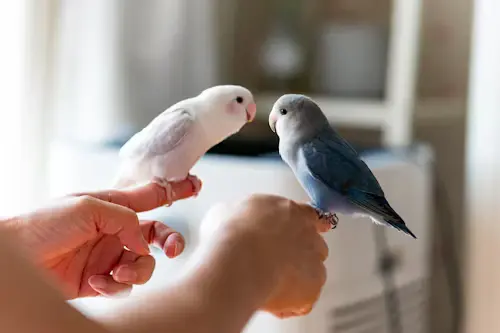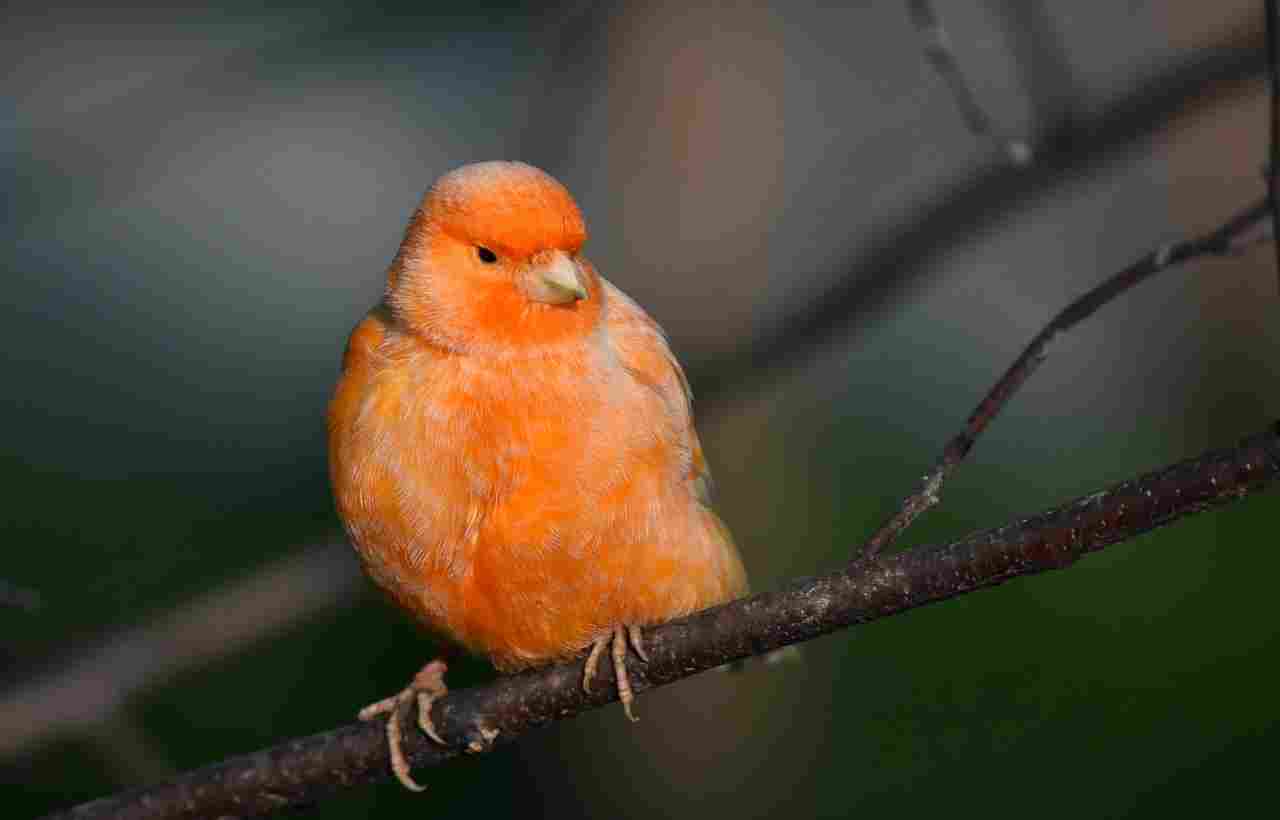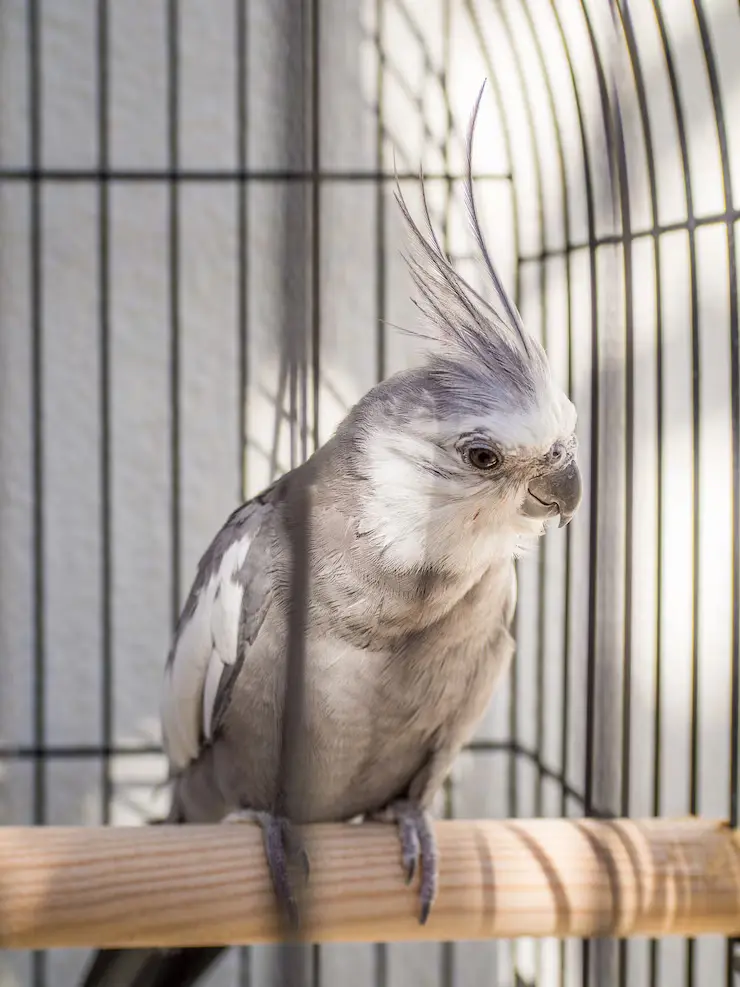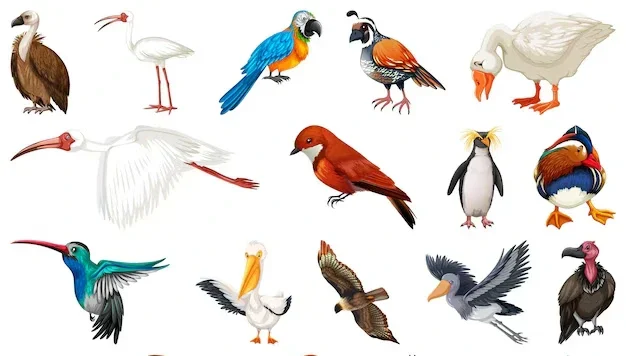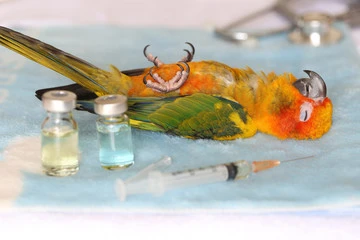White Budgie Bird Lifespan: How to Maximize Their Years
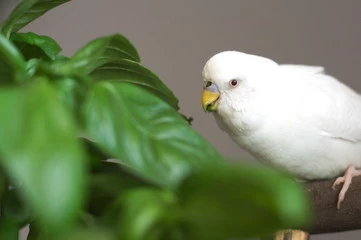
Introduction
Have you ever been mesmerized by the striking beauty of a pure white budgie bird? These little parakeets, with their snow-like feathers and bright eyes, are more than just a color mutation—they’re intelligent, social, and full of personality. But caring for one requires understanding their unique needs, from their diet to their behavior quirks.
Whether you’re a first-time budgie owner or an experienced bird enthusiast, this guide will cover everything you need to know about white budgie care, behavior, diet, and lifespan to ensure your feathered friend thrives.
Table of Contents
What Makes a White Budgie Unique?
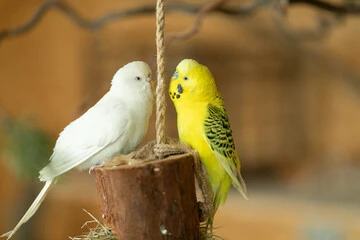
A white budgie bird isn’t just a pretty face—they come with fascinating genetic traits:
- Albino vs. White-Faced Budgies: True albino budgies have red/pink eyes and no pigment, while white-faced budgies (a different mutation) may still have some faint markings.
- Eye Color Clues: Pure white budgies often have dark eyes, while albino budgies have striking red or pink eyes due to a lack of melanin.
- Feather Variations: Some may have faint grey or blue markings, especially around the wings.
Need help identifying if your budgie is albino? Check out this thread on albino budgies.
White Budgie Care: Essential Tips for Keeping Them Happy
1. Proper Habitat Setup
- Cage Size: Minimum 18x18x18 inches, but bigger is always better.
- Perches & Toys: Natural wood perches (no sandpaper!) and safe chewing toys keep them active.
- Temperature: Maintain 65-85°F—avoid drafty areas.
2. Hygiene & Grooming
- Bathing: Offer shallow water or mist them lightly—white feathers show dirt easily!
- Nail Trimming: If they don’t naturally wear down, a vet can help.
For more budgie care tips, visit our budgie care guide.
Understanding White Budgie Behavior
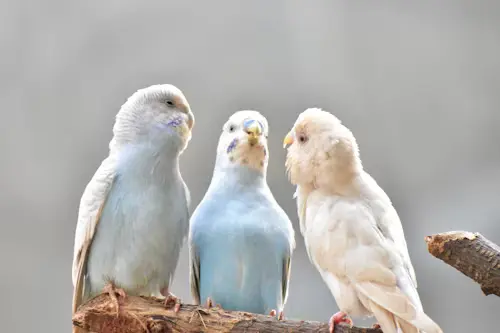
Signs of a Happy Budgie
✅ Active and chirping
✅ Playing with toys
✅ Comfortable with human interaction
Potential Behavioral Issues
- Feather Plucking (stress or health issue)
- Aggression (often due to territorial disputes or lack of stimulation)
Pro Tip: White budgies need social interaction, whether from you or another budgie companion.
White Budgie Diet: Fueling Their Health
A balanced diet is critical for their well-being:
| Food Type | Benefits | How Often? |
|---|---|---|
| Premium pellet food | Complete nutrition | Daily (60% of diet) |
| Fresh vegetables & fruits | Vitamins & fiber | 3-4x a week |
| Millet sprays | Tasty treat (high in fat) | Sparingly |
| Cuttlebone/mineral block | Essential calcium | Always available |
Avoid: Avocado, chocolate, caffeine, high-salt foods.
White Budgie Lifespan: How Long Do They Live?

With excellent care, a healthy white budgie bird can live:
- Average Lifespan: 5–10 years
- Exceptional Cases: Up to 15 years with perfect diet & vet care!
Key Factors Affecting Lifespan:
✔ Quality diet
✔ Regular vet check-ups
✔ Stress-free environment
For more on bird species lifespans, explore our bird species guide.
FAQs About White Budgie Birds
1. Are white budgies rare?
Yes, pure white budgies (especially albinos) are less common than typical color variations.
2. Why does my white budgie’s cere change color?
Hormones, age, or diet can shift cere color—common in females.
3. Can a white budgie live alone?
While possible, they thrive better with a companion.
Looking for name ideas? This budgie group has great suggestions!
Final Thoughts
A white budgie bird is more than a pet—it’s a tiny, intelligent companion with a personality as vibrant as its feathers. With the right care, diet, and love, your budgie can be a joyful part of your life for years.
Have a white budgie? Share your experience below or ask any questions—we’d love to hear from you! 🐦💕
Want more expert tips? Browse our other budgie articles!

